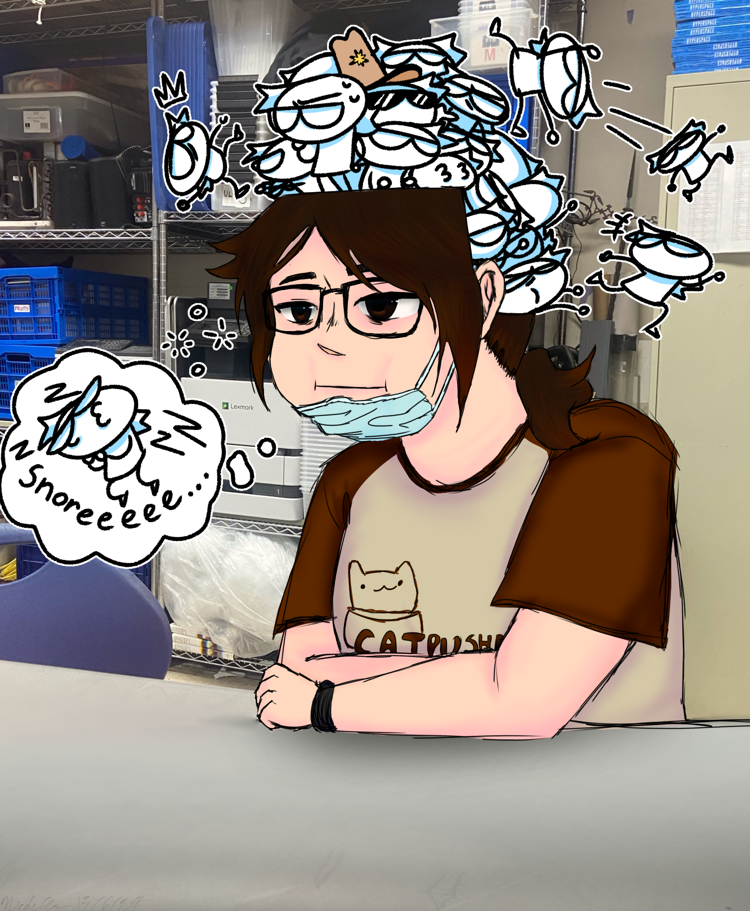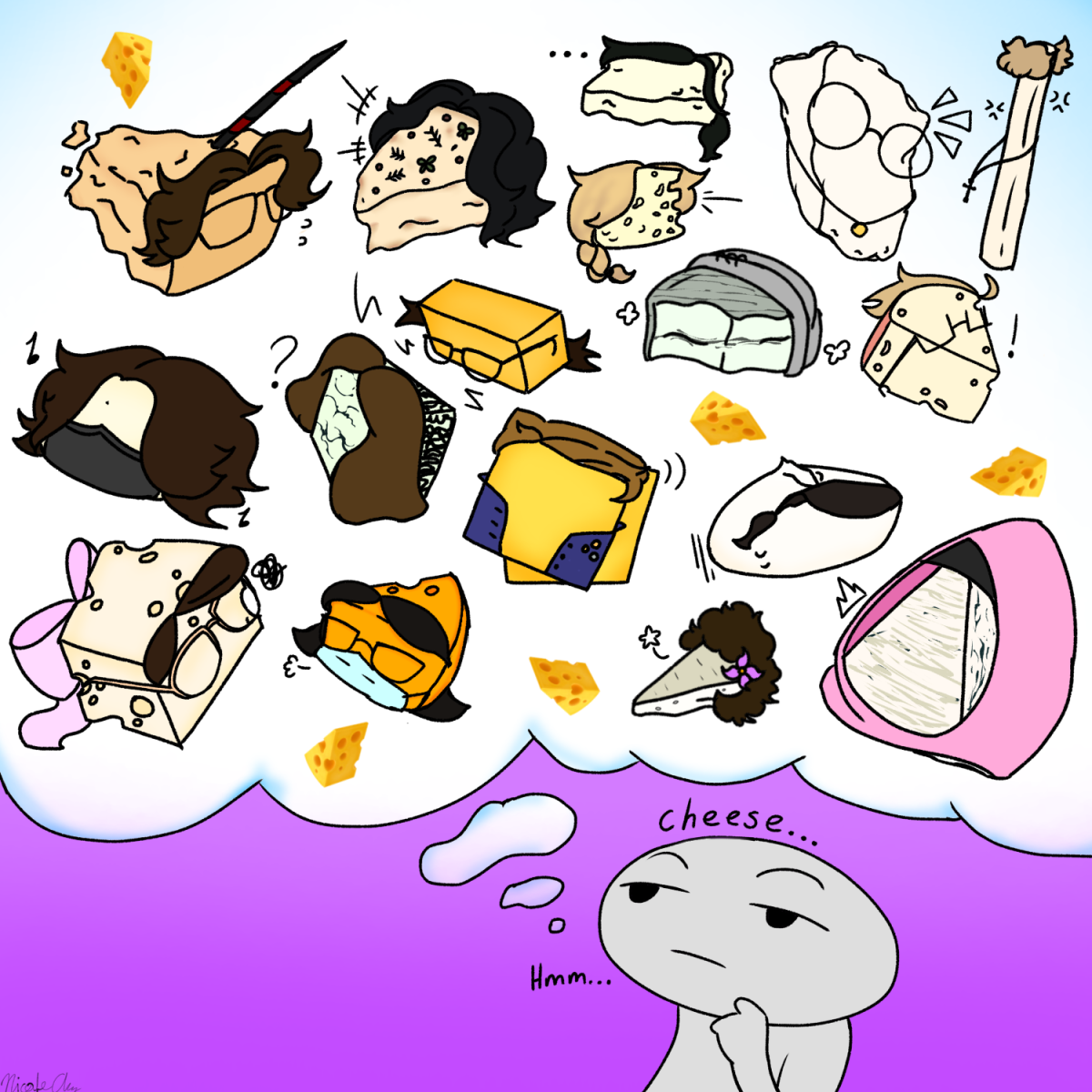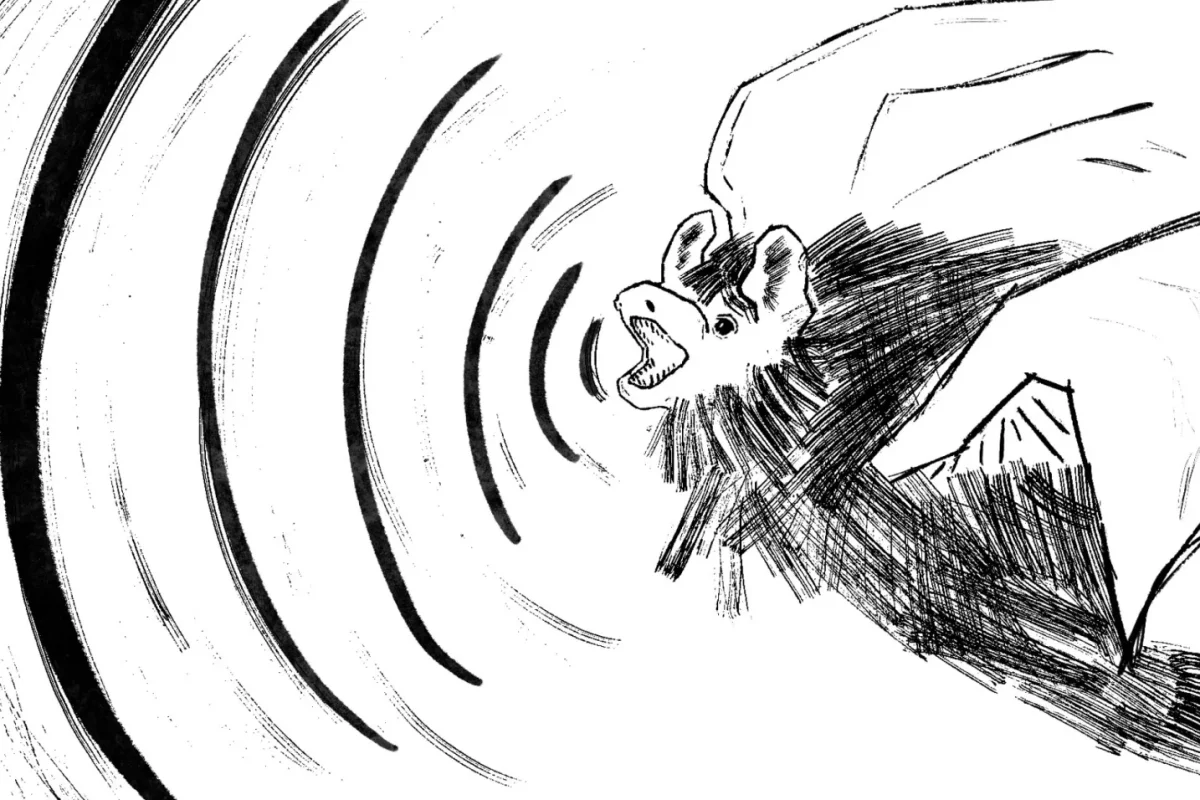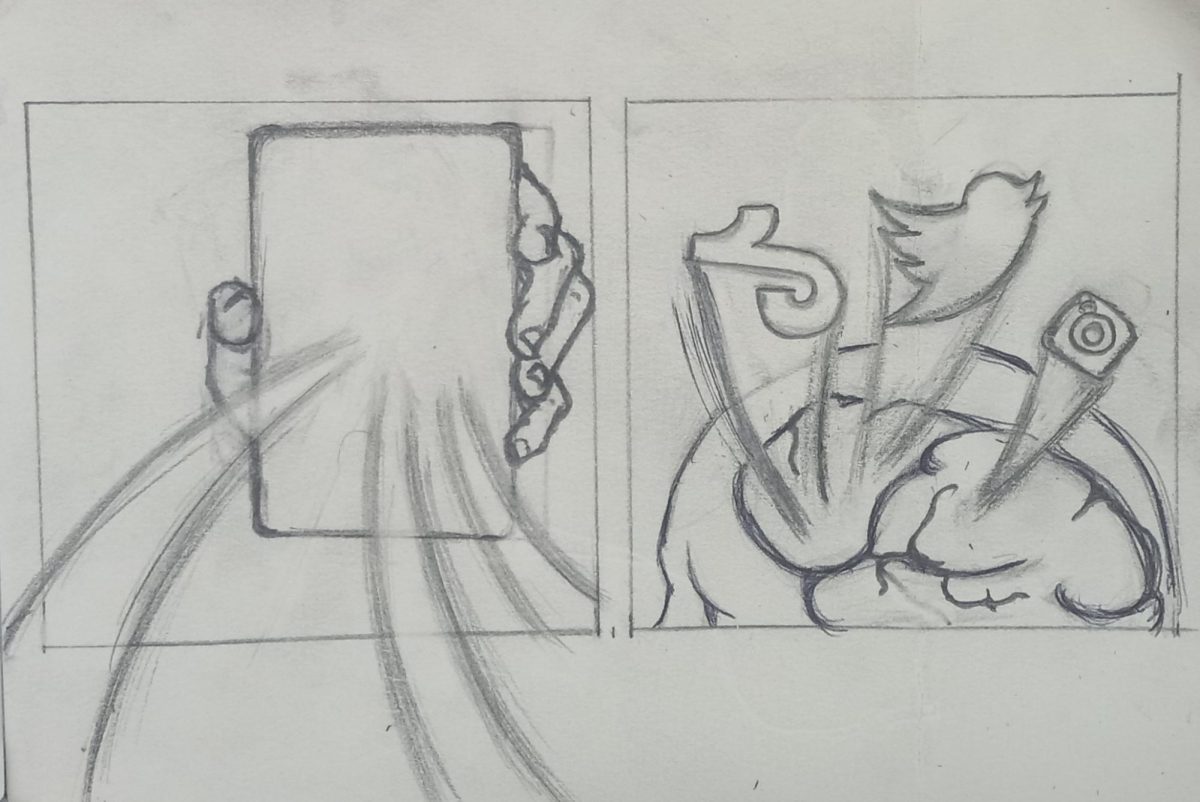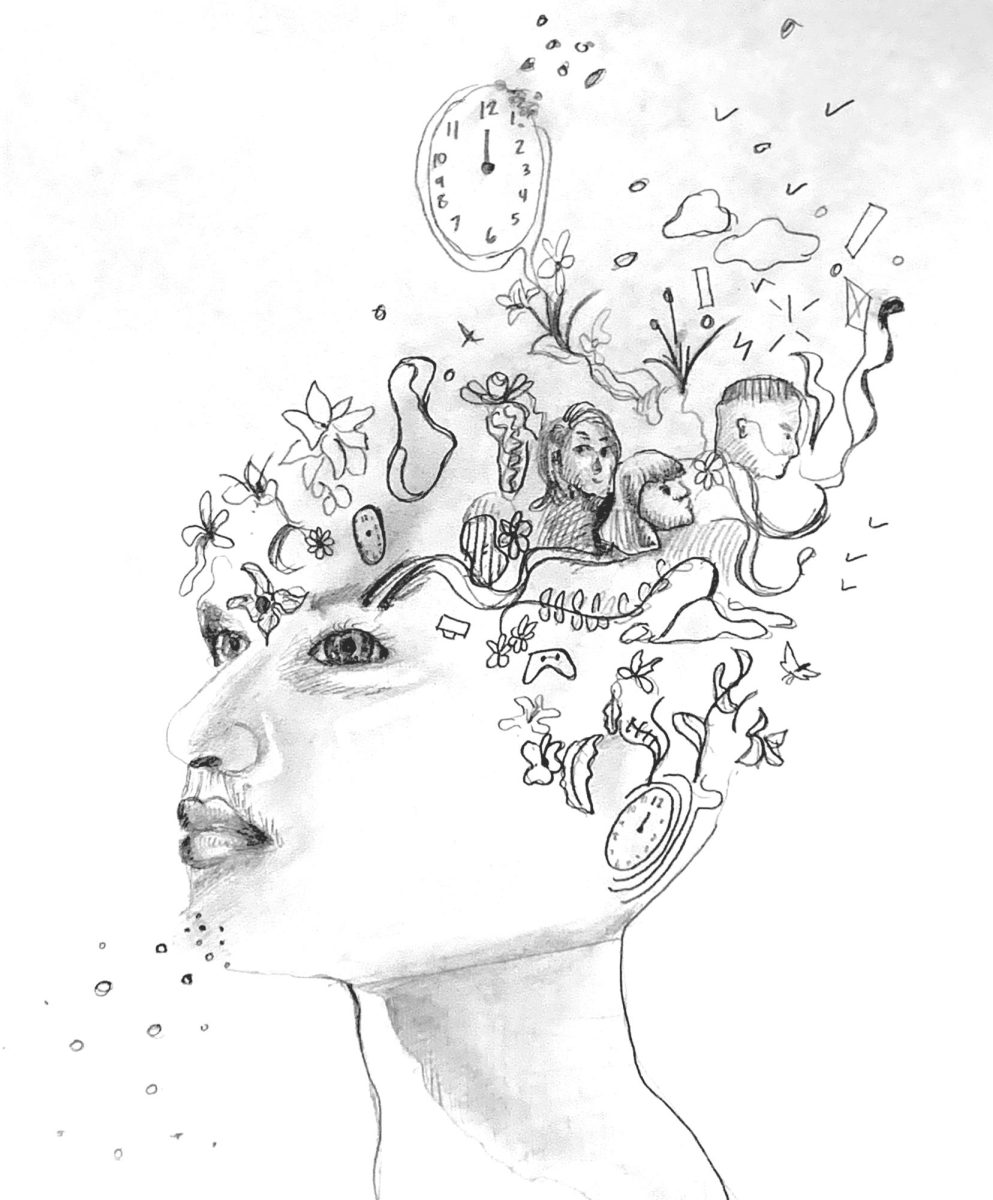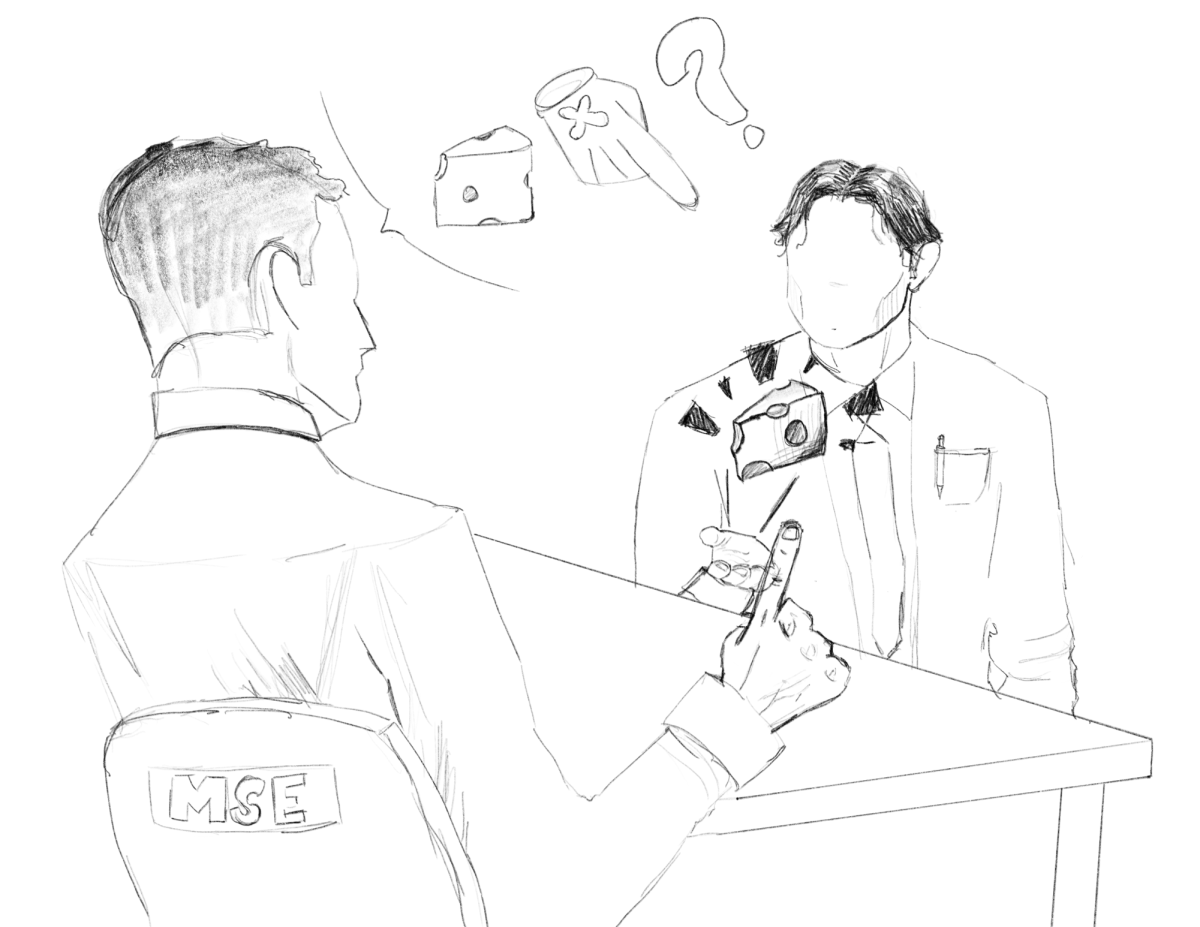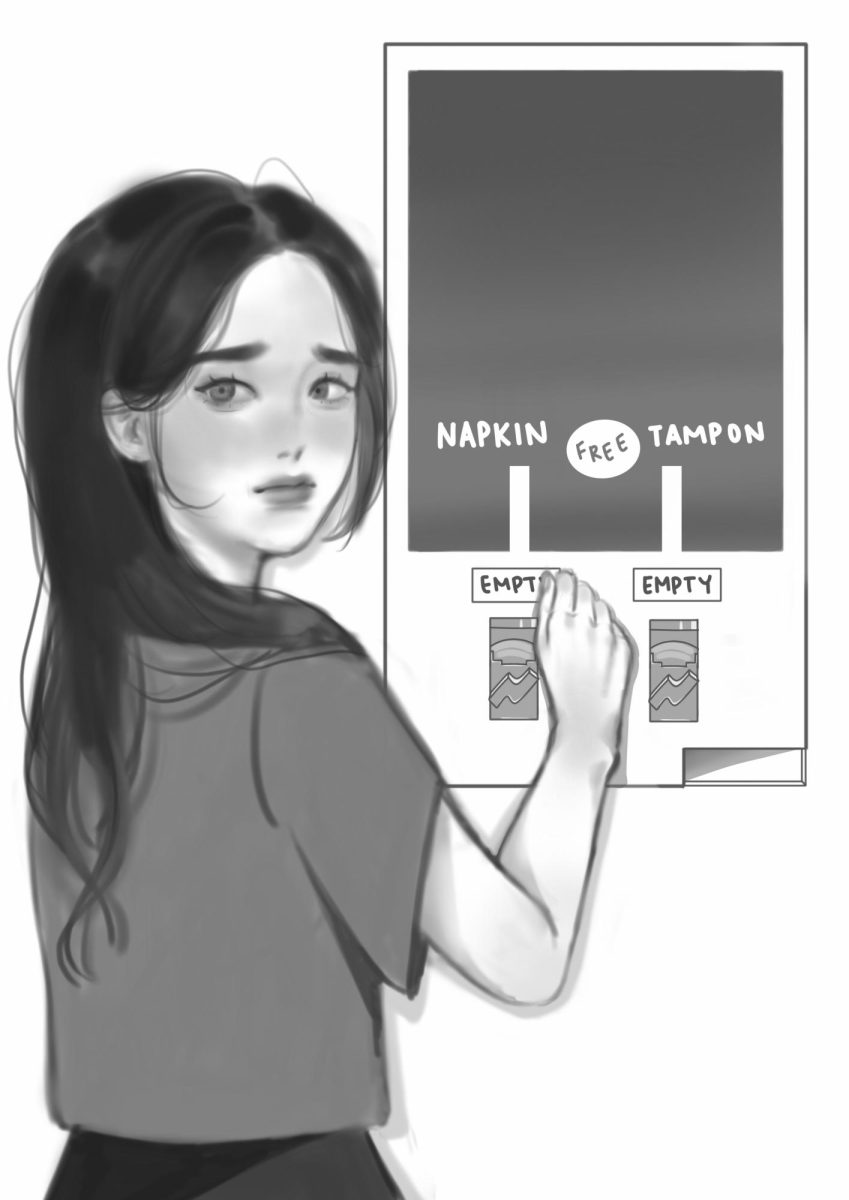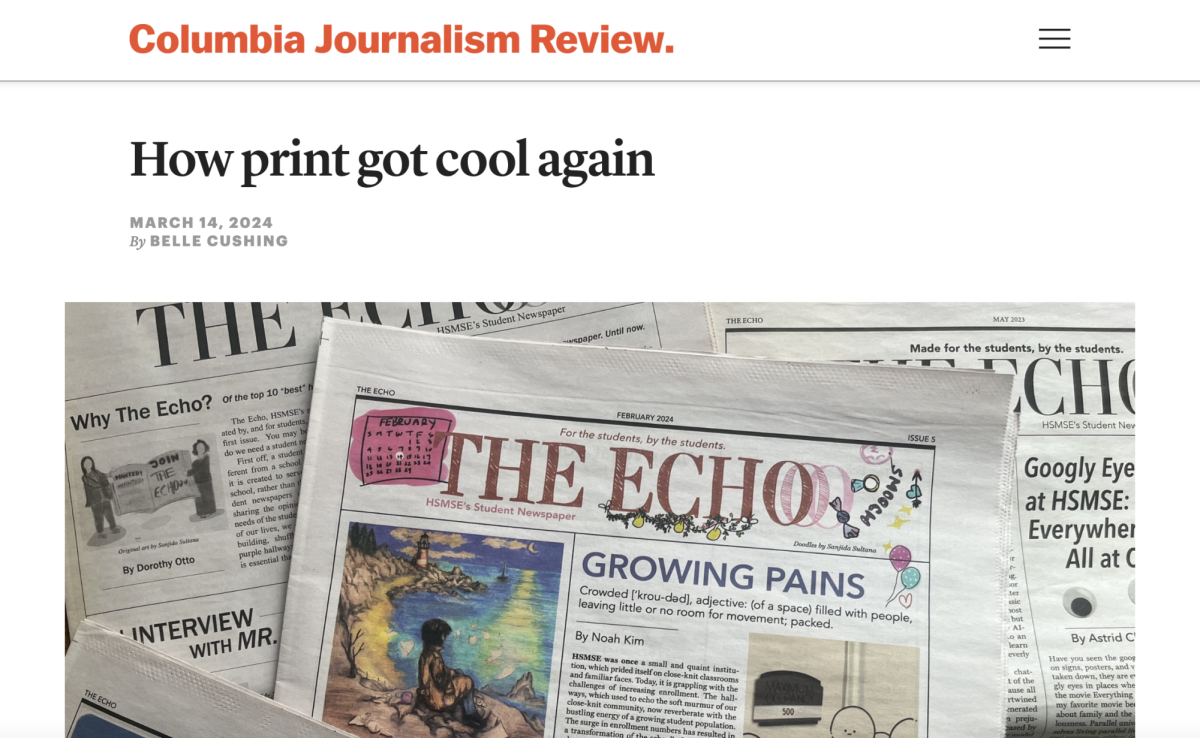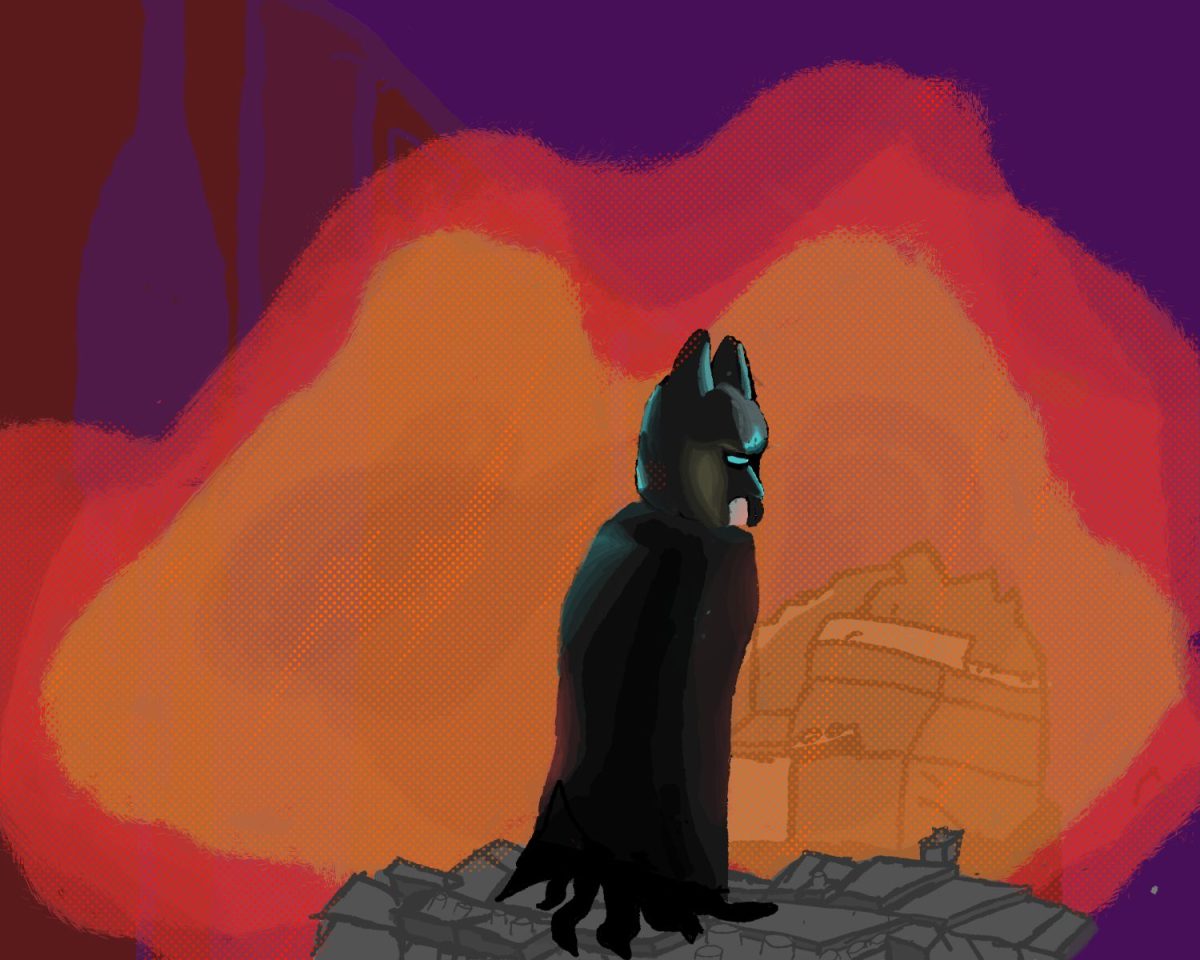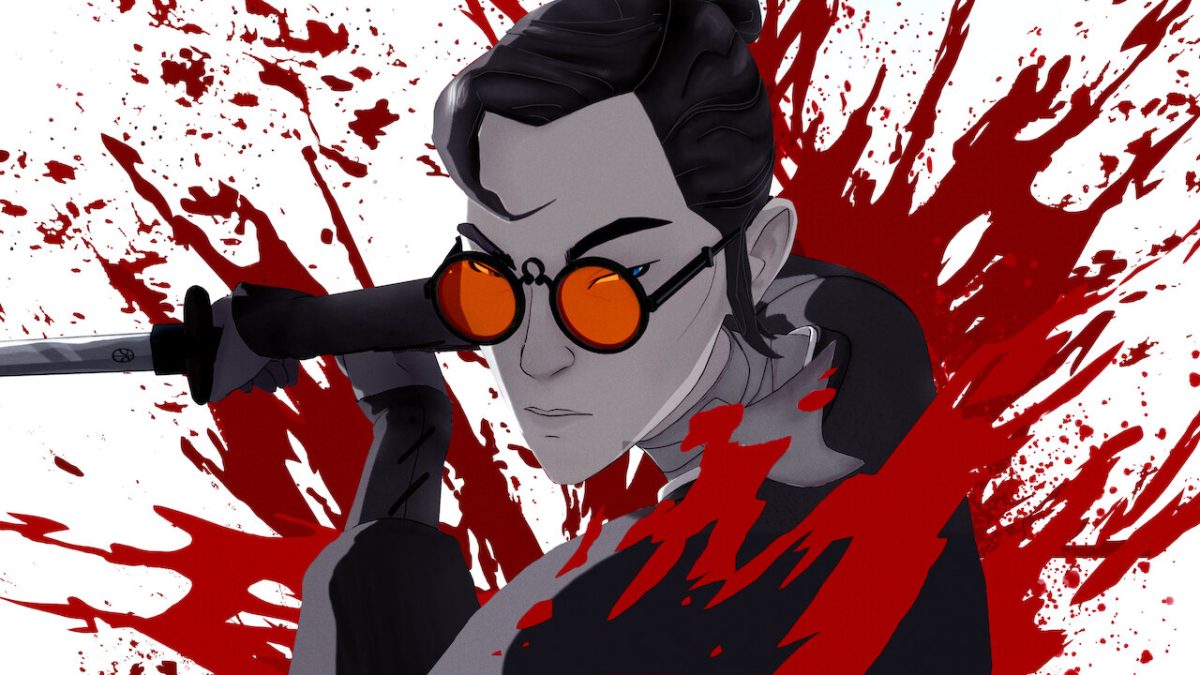These days, it would seem that a truly great Netflix show is as novel as the recent solar eclipse, but they at Netflix have done it once again. Although Blue Eye Samurai first made its debut on Netflix last November, I simply hadn’t heard of what is, in my opinion, an incredibly well written and masterful work of art, until recently. I don’t usually binge-watch shows, but the moment I started Episode 1, I was hooked. It took me two days to finish eight episodes, each varying in length from 40 minutes to an hour, and I can only hope that Netflix gives me more. If I had to describe it in one sentence to get you to watch it while spoiling as little as possible, it would go something like this: During the Edo Period in Japan, a badass half-English, half-Japanese samurai named Mizu, discriminated against for having blue eyes, vows to kill all four of the white men who were in Japan during the time her prostitute mother was impregnated.
Mizu is introduced as a lone warrior who doesn’t welcome companionship very well, which makes sense given that her whole life she has been shunned for her blue eyes, a constant reminder that she is the result of impure foreign influence during a period of Japanese isolationism. She was viewed, sometimes literally, as an onryō, a malevolent ghost thought to cause harm and bring disaster to the living. We are told of her story as a bullied child through flashbacks while simultaneously following her journey in the present as she pretends to be a male samurai with orange tinted lenses. Even from the first episode, it is made clear that she is remarkably skilled with the sword and physically strong to boot, but she is certainly not a do-gooder or a hero who comes to save the day. She has strengthened herself for the sole purpose of revenge, which drives her to do horrible things — at one point, even killing a child. She is an overpowered character, but that is not what truly defines her.
Mizu is as flawed a character as they come. Like a real human being, she has conflicting feelings and often gives in to her emotions, whether rage or love, in the heat of the moment. Despite her brutal façade of seeking revenge at any cost, she still knows what it means to be human and to help those who need helping. She can be the physical embodiment of an onryō in one moment or a selfless and compassionate companion in the next. She may be physically strong enough to take down a hundred samurai, but the real essence of the story comes from how her inner emotions and experiences both hinder and help her in doing so. A key element of the story is Mizu’s character development, and how she learns to connect with others and slowly but surely warms up to their help despite previous betrayals.
And when it comes to side characters and antagonists, they are just as, if not more, important than Mizu herself in terms of worldbuilding and storytelling. I love that the side characters are all extremely well fleshed-out and have complex worldviews far different than Mizu’s. One of my favorite side characters is Master Eiji the Swordmaker, a blind, old blacksmith who cares for and trains a young Mizu in forging blades. At first, Mizu does not reveal the dual danger of being both female and mixed-race to him, which means that he takes her on as an apprentice for many years. Not only is he extremely wise, he is also mature enough to handle the truth when Mizu reveals it, likening her impurity to the mixing of metals in producing a stronger blade and pushing her to become resolute enough to face those who would ridicule her. Even as Mizu is departing on her trip for revenge as an adult and tries to reveal that she is a woman and has shamed his craft, Master Eiji brushes her off and says, “You came to me as a stupid lost boy. If you insist on leaving now, it will be as a stupid lost man.” This implies that he knew the whole time and still decided to take care of her, and his tolerance is what makes him one of my favorite characters.
Another character, Princess Ito Akemi, juxtaposes Mizu as well as the life of prostitutes during the time period. While Mizu is a free soul and has the agency to do what she wants, Akemi is like a bird trapped in a golden cage. She is pressured by her father, Lord Tokunobu Daichi, to marry someone of higher status, such as the shogun’s son, in order to elevate their family’s status. Despite being extremely intelligent, she has no option but to be deferential and speak softly — like a child — to her father for him to listen to anything she says. At one point, after arguing with her father about arranged marriages, she is told that women are given a fixed number of paths: to either become a respectable wife to a noble man or an unclean whore of a brothel, and most prostitutes that Akemi meets end up deeply envying her position. However, Akemi despises her own situation and desperately wants to escape her royal captivity, even though she has lived in luxury and comfort her whole life.
As I may have hinted already, there are a lot of sexual themes in this show, with several moments of full-blown nudity as well as numerous sex scenes. This show is not for the faint of heart, as it also contains extremely brutal imagery of gore, guts, and blood. Like a lot of people, I don’t particularly enjoy unnecessary sex scenes in television and in film, especially when I am trying to watch something with my family. These scenes usually just make the atmosphere of watching anything extremely uncomfortable, but the sex scenes in Blue Eye Samurai are mostly necessary to the plot and less contrived, (not to say that some of them aren’t still out of place). In the historical setting that this show takes place in, prostitution is rampant, and as said previously, is often the only way for women to support themselves if they aren’t born with a silver spoon. It makes sense to show the unfiltered reality of what it was like inside brothels, and how the women were essentially commodified and mistreated by men and women alike.
At its heart though, Blue Eye Samurai is a work of fiction, and it is not afraid to lean into that, with over-the-top spectacles of action scenes with wonderful choreography, voice acting, and a score consisting of traditional Japanese instruments as well as Japanese-English fusion. My personal favorite was a super meta Japanese cover of an American song — “For Whom the Bell Tolls” by Metallica — done by Emi Meyer, which I didn’t even know I needed to hear. If that’s not enough to make you watch it, I really am not sure what is. If you have a Netflix subscription, it would be a shame not to make use of it to watch this amazing show. The animation and art are some of the best I have seen, and the story is the cherry on top.



